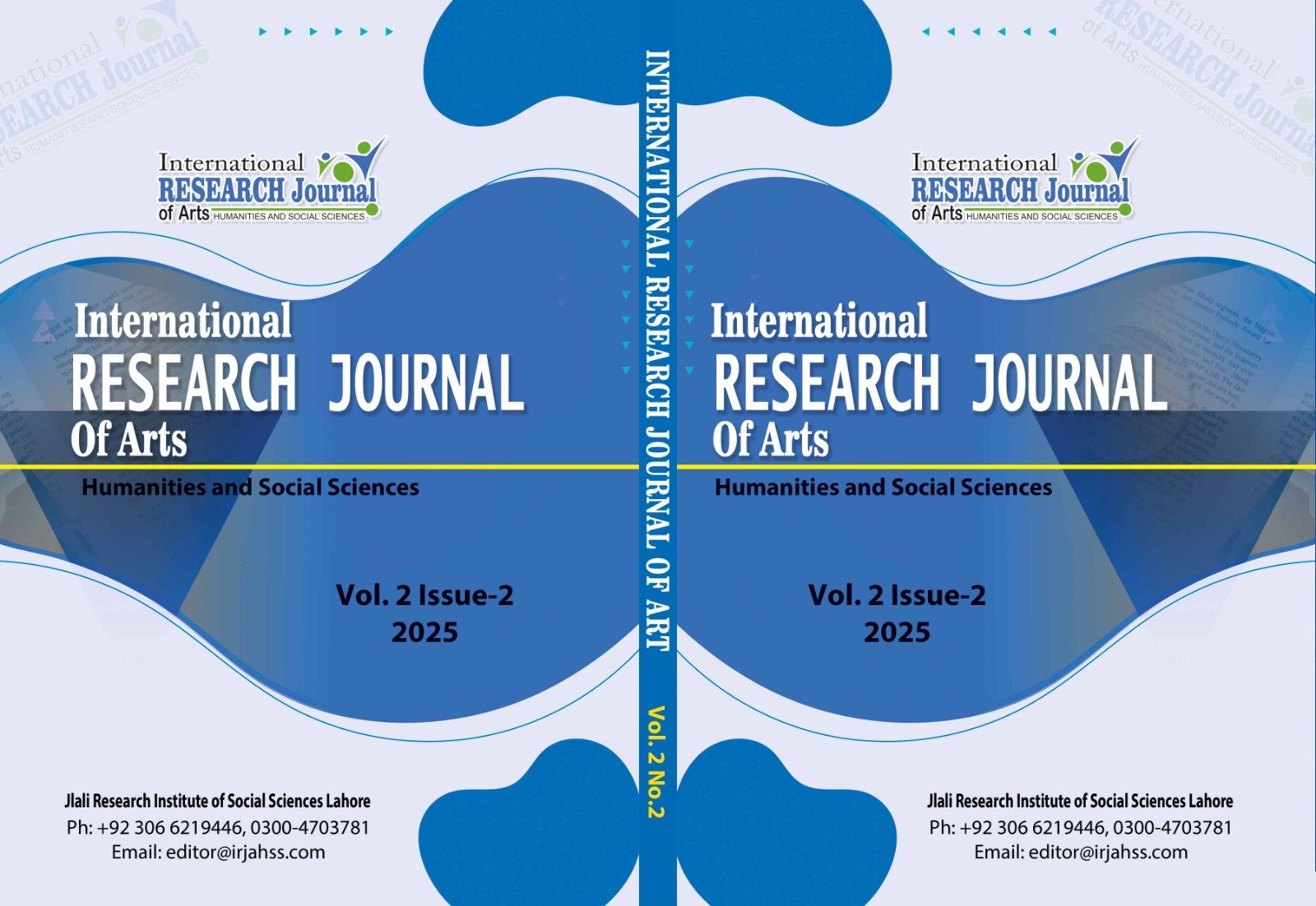Assessing the Impact of Urban Green Infrastructure on Air Quality and Heat Island Mitigation: A Comparative Study of High-Density Cities
DOI:
https://doi.org/10.3456/yq5wxm29Abstract
Urban Green Infrastructure (UGI) has emerged as a sustainable and nature-based solution to address environmental challenges in densely populated cities. This study investigates the role of various green infrastructure components—such as green roofs, urban forests, vertical gardens, and green corridors—in improving air quality and mitigating the Urban Heat Island (UHI) effect across selected high-density cities. Using a comparative approach, the research combines satellite imagery analysis, ground-based air quality monitoring data, and surface temperature measurements to evaluate the environmental performance of UGI systems in cities with varying geographic and climatic conditions. The results indicate that cities with well-integrated green infrastructure exhibit notably lower concentrations of particulate matter (PM2.5 and PM10) and nitrogen dioxide (NO₂), along with significant reductions in surface and ambient temperatures. The study also highlights differences in UGI effectiveness based on local governance policies, design strategies, and public participation. The findings underscore the potential of UGI as a multifunctional tool for urban sustainability and advocate for its integration into long-term urban planning and climate adaptation frameworks.
Downloads
Downloads
Published
Issue
Section
License
Copyright (c) 2025 International Research Journal of Arts, Humanities and Social Sciences

This work is licensed under a Creative Commons Attribution 4.0 International License.
Disclaimer: The International Research Journal of Arts, Humanities and Social Sciences (IRJAHSS) upholds the principles of open access, ensuring unrestricted access to scholarly content to foster the sharing and advancement of knowledge. The opinions expressed in the articles solely belong to the authors and do not necessarily reflect the views or policies of the journal's editorial team, editorial board, advisory board or research institute.






